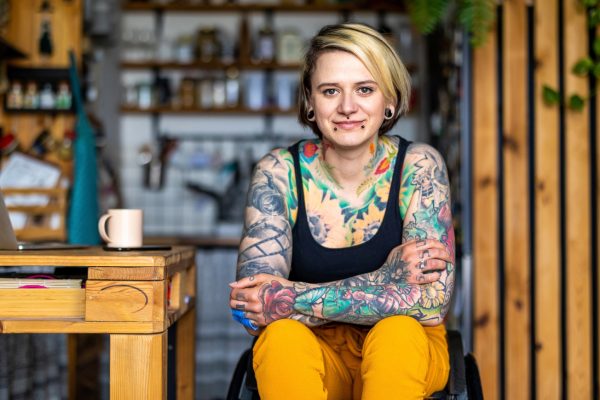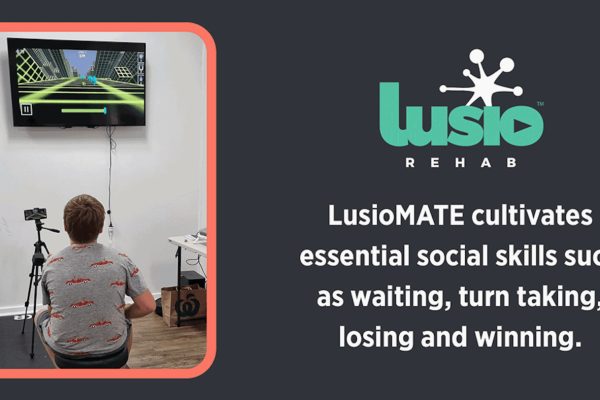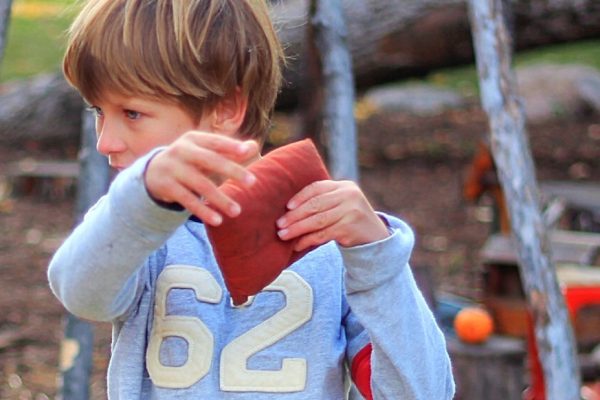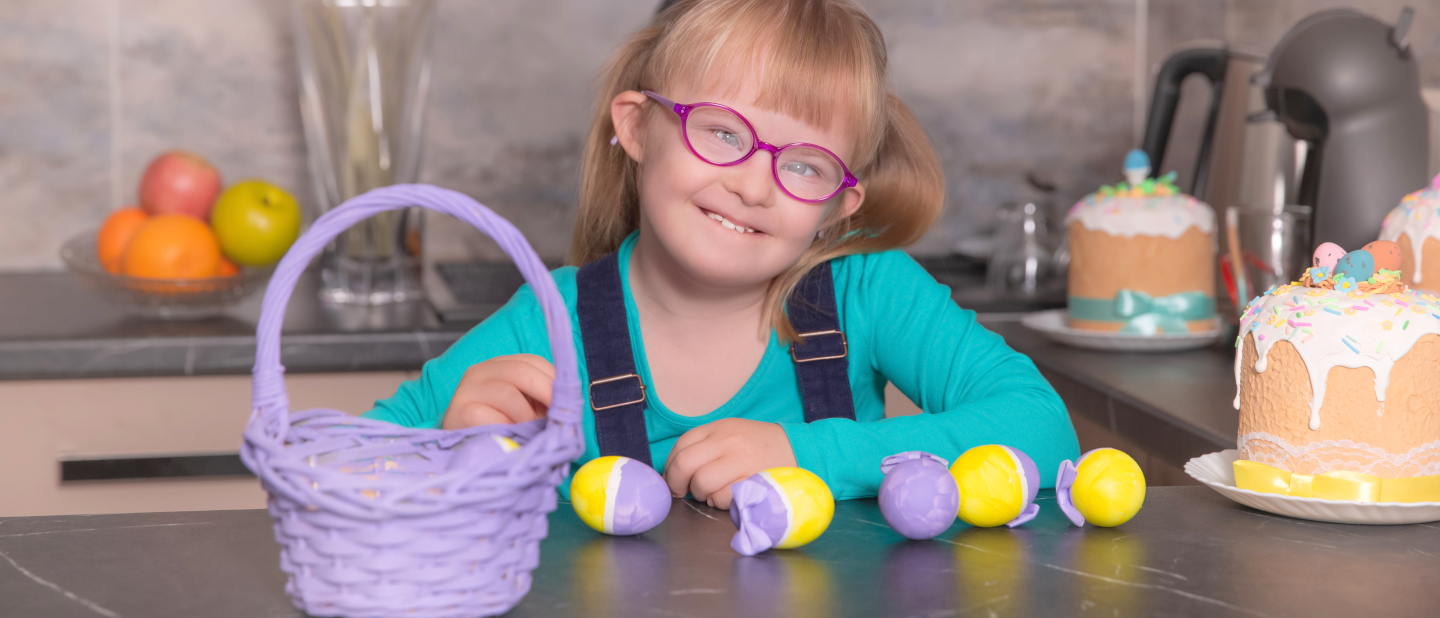
Make it an all-abilities Easter
Easter is whole lot of fun, but sometimes regular egg hunts and egg decorating crafts can be a challenge for kids with disability. For example, children using wheelchairs & walkers may find it difficult to navigate grassy parks and yards, some traditional Easter activities may be overwhelming for those with sensory challenges, and children with fine motor delays may find group decorating crafts a bit tricky to keep up with.
In a few twitches of an Easter Bunny’s nose, however, activities can be modified so that they can be enjoyed by everyone, whatever their ability.
HERE ARE SOME IDEAS TO TRY…
Easter egg hunt
There are some simple ways that you can make an egg hunt more accessible for children in wheelchairs or with limited mobility: For children in wheelchairs, you can put eggs, mini eggs and little pressies in an Easter basket full of coloured rice and fake grass (green strips of paper) that is at table level or place eggs at accessible heights, i.e. on a fence or a tree, place them in planters etc. so that a child doesn’t have to lower themselves to the ground. Another idea to try is to attach a balloon filled with helium to eggs dotted around a yard so that they are easier to pick up.
Attach baskets to mobility devices
If your child uses a wheelchair or walker, work out a way to attach an Easter basket or bucket to their assistive device so that they don’t have to worry about carrying items as well as manoeuvring around.
Egg decorating
Painting eggs can be a bit too fiddly for kids with fine motor limitations. Alternatives include: using a crayon on a warm egg to make melted colour designs, or try sponge painting or get creative with stickers and glitter. Think outside the box with other elements that can be used for decoration taking into account different sensory preferences.
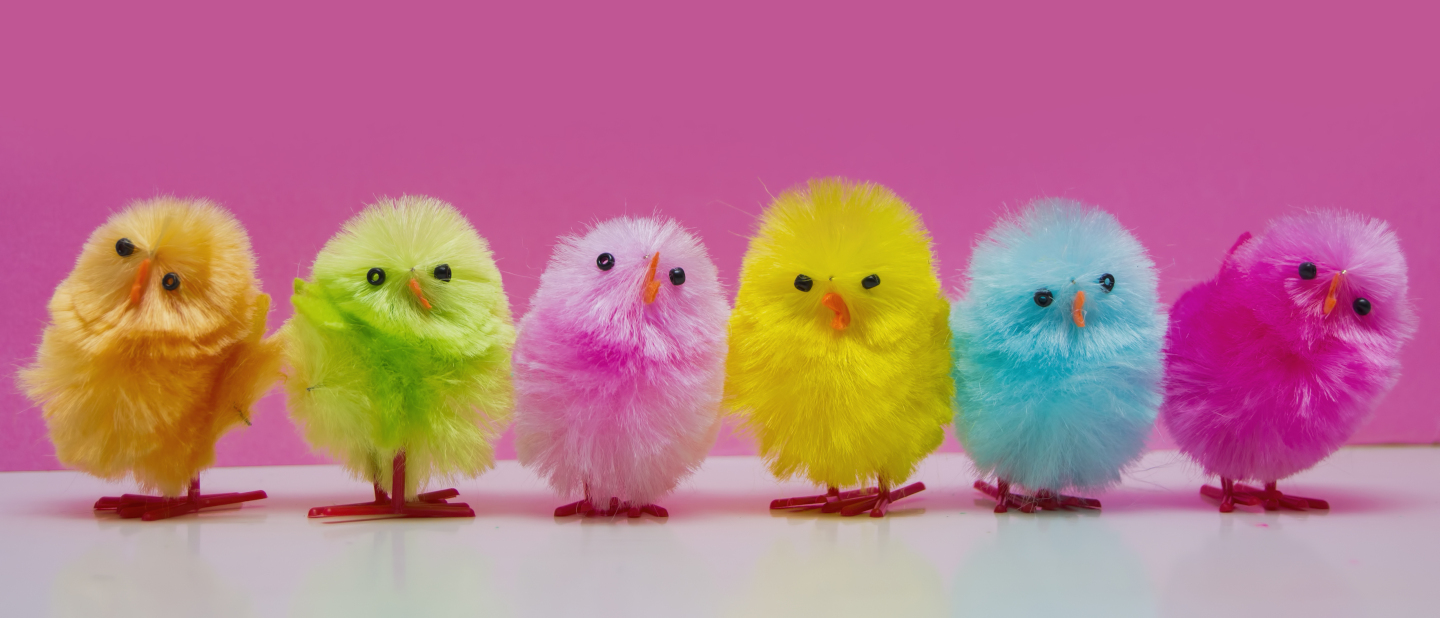
Adaptive egg & spoon race
Organise an adaptive egg-and-spoon race by using larger, lightweight plastic eggs and larger spoons to make it easier for children with motor challenges. Alternatively, consider using assistive devices like adaptive grips to assist those with limited dexterity.
Prep for the parade
Easter parades can be a cacophony of unusual sights, sounds & sensations. Make use of noise cancelling headphones, social stories ahead of the event, find a quiet place to watch from if necessary and take frequent breaks. Remember – Easter bonnets are not compulsory if you have a sensory kid!
Think friendly-food
Consider dietary restrictions when assembling Easter baskets, including sugar-free, gluten-free, or nut-free treats. It’s a great idea to include non-food items in baskets or inside plastic eggs for children with specific dietary needs, such as sensory-friendly toys, stickers or small games.
INCLUSIVE ACTIVITIES
Some other activities that you could plan for everyone aside from the traditional hunt include:
- Music & movement sessions with sensory friendly props.
- A collaborative mural: where children can contribute to a large piece of artwork. Use adaptive tools, such as extended- reach painting tools or adaptive brushes for children with limited mobility.
- Hold interactive storytelling sessions tailored to different abilities. Use visual aids, tactile props, or adaptive communication tools to engage children whatever their ability.



